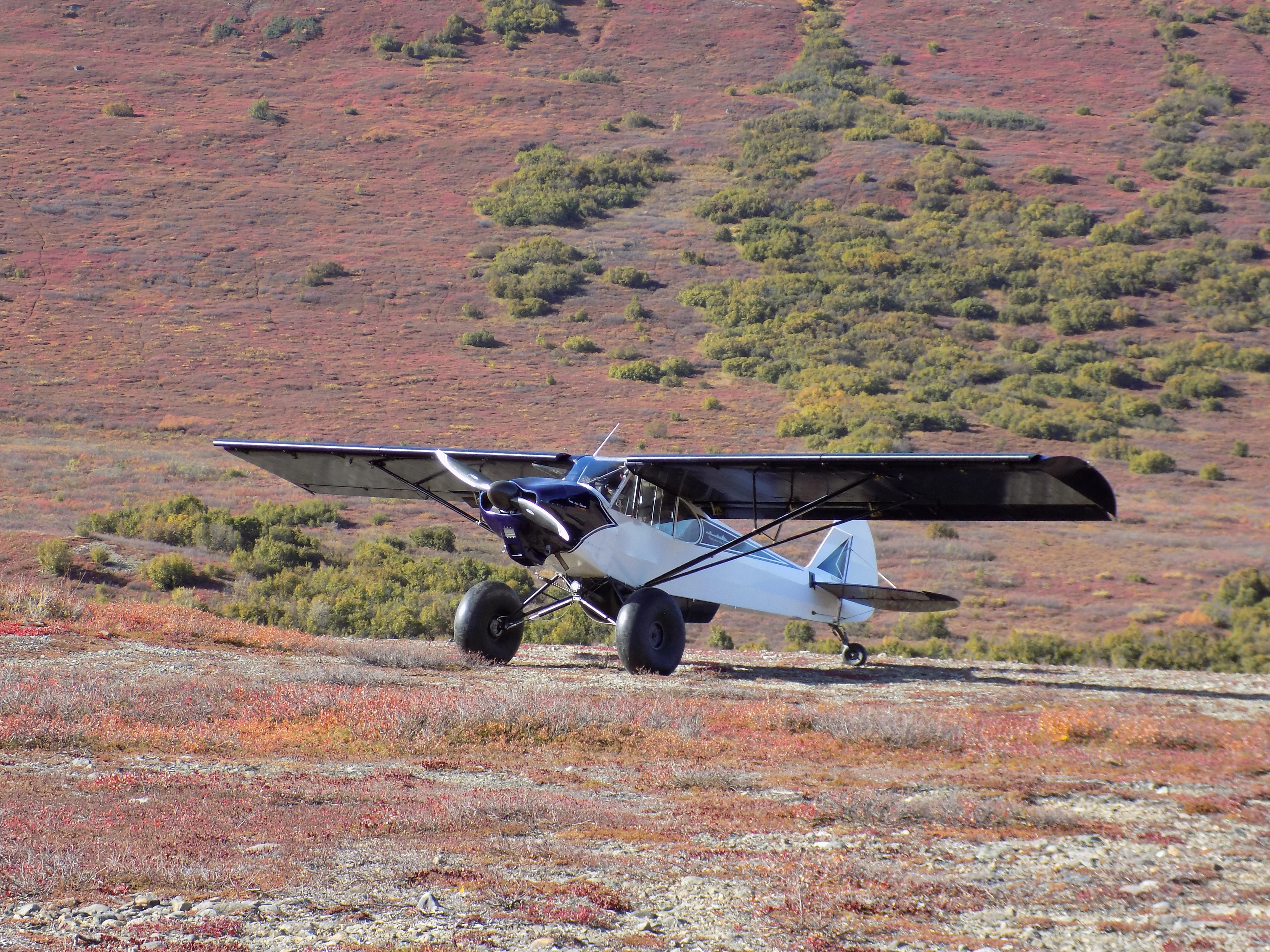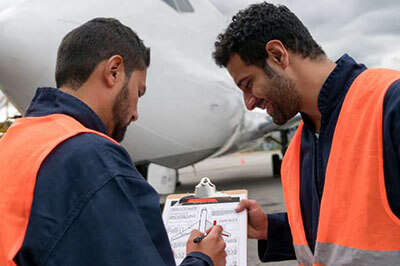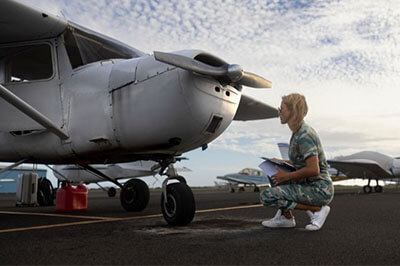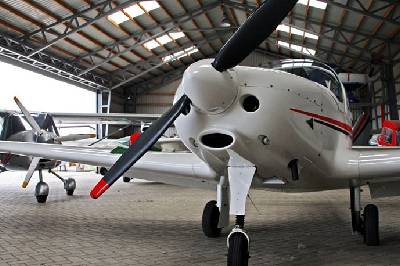The construction of aircraft fuselages has evolved quite a bit from the first-used, simple wood structures to what is used today.
Truss Structure
The truss structure’s main drawback is its lack of streamlined shape. The truss construction method uses lengths of tubing called longerons to form the main framework. Vertical and horizontal struts are then welded to the longerons. Stringers and bulkheads are sometimes added to shape the fuselage or support the covering. As technology improved, aircraft designers began to enclose the longerons and truss structures to improve aircraft performance and decrease drag. This was first accomplished using cloth or materials such as vinyl, and eventually progressed to light metals like aluminum.
Monocoque
Monocoque construction built off of the concept of a truss structure enclosed by stressed skin. Similar to an aluminum can, a monocoque structure can support considerable forces at the ends of the can, but is not as strong in the middle. Most twisting and bending forces are sustained by the stressed skin, eliminating the need for the bulky and heavy bulkheads and struts used in truss structures.
Semimonocoque
Semimonocoque construction uses a combination of truss structure and monocoque design elements. The design employs a substructure, to which the airplane’s skin is attached. The substructure consists of bulkheads and stringers that reinforce the stressed skin and carry some of the twisting and bending forces from the fuselage.
Composite Construction
Composite is a loose term. It typically refers to materials such as fiberglass, carbon, fiber cloth, or mixtures of various materials. The most common composites are fiberglass and carbon fiber. Fiberglass has very strong tensile and compressive strength, good impact resistance, flexibility, and is relatively inexpensive and readily available. Carbon fiber is generally stronger when it comes to tensile and compressive strength than fiberglass, has a much higher bending capability, and is considerably lighter than fiberglass. However, it is rated relatively poor in impact resistance and is more expensive than fiberglass.
Composite construction has two advantages: it is extremely soft and confirms easily to complex structures. Composite construction was first introduced in World War II when soft fiberglass insulation was used. According to the FAA’s Pilot Handbook of Aeronautical Knowledge, “by 2005, over 35 percent of new aircraft were constructed of composite materials.” Composites now play an important role in aircraft structure design due to flexibility, corrosion resistance, and high strength-to-weight ratios.
Written by Engine Sales Representative, Joshua Denton
*SHOP AIRFRAME PARTS HERE!*
Find What You Need at Air Power Inc.!
Questions? Our team is ready to assist you anytime. Your aviation success starts at Air Power!
CONTACT US
SHOP AIRCRAFT PARTS TODAY:
You May Also Like









